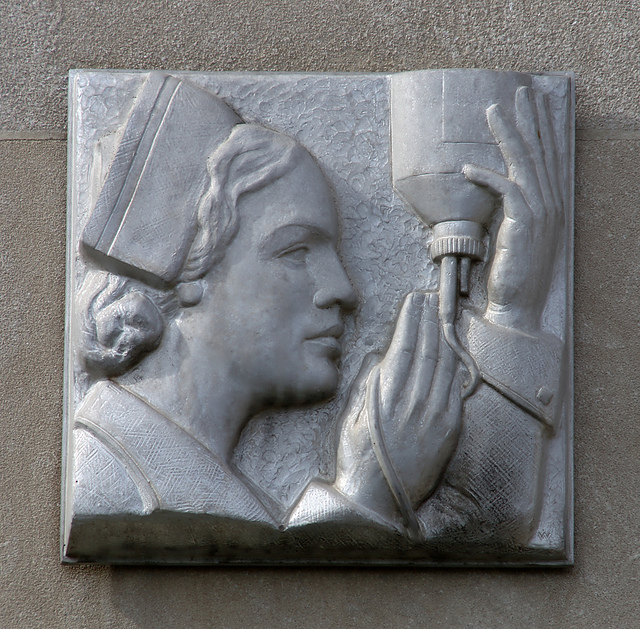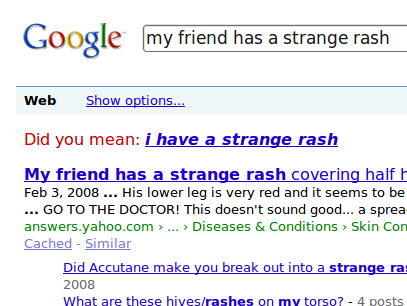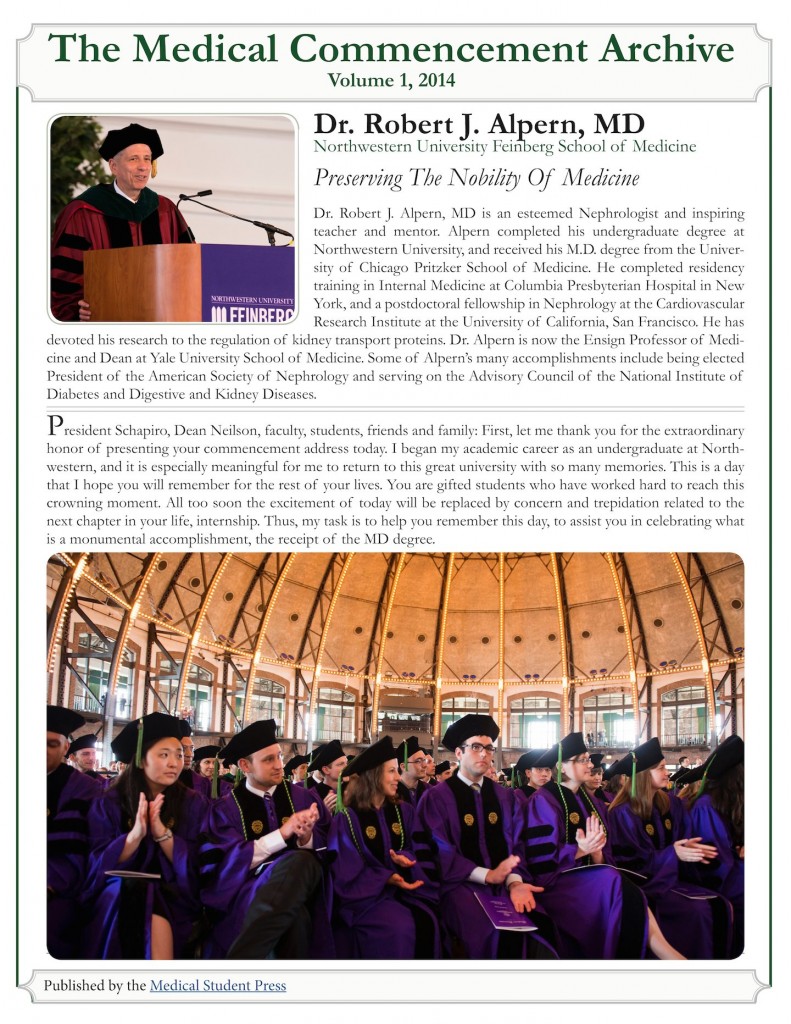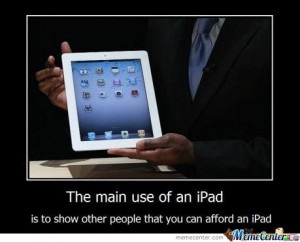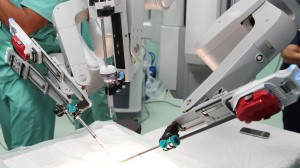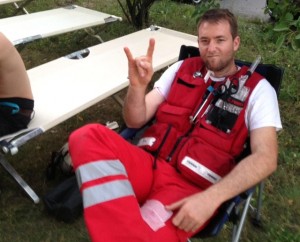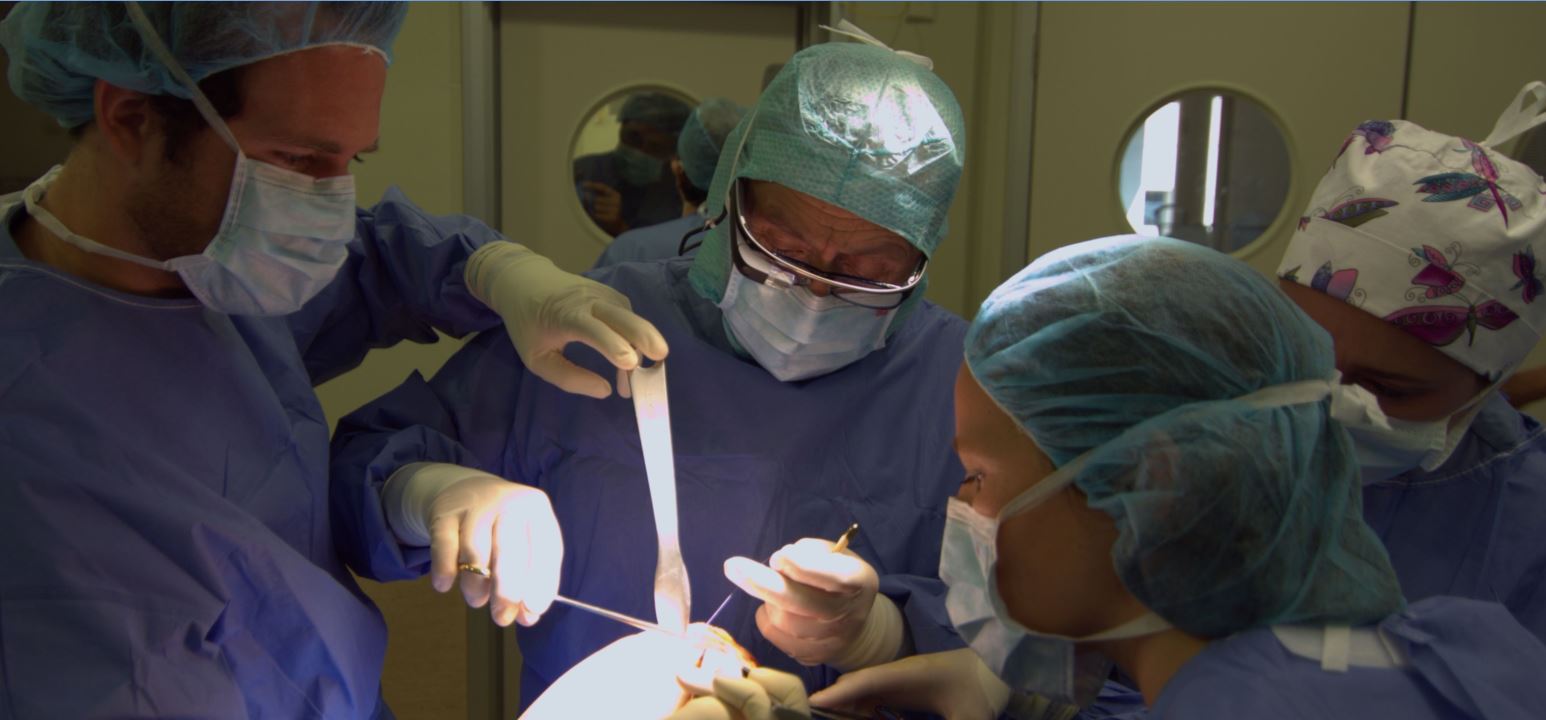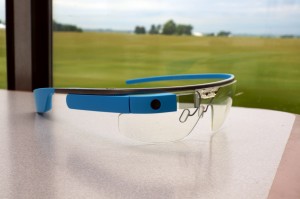I recall being fresh out of my first year of medical school and ecstatic to be spending my break not in a class room, but at an actual pediatric oncology unit. The night prior to my first day in clinic, I spent time reviewing immunology and looking ahead at the oncology lectures from the Clinical Medicine class I would take the next year in school. I wanted to be prepared in front of my new mentor.
The next morning, I hardly had time to impress my preceptor let alone introduce myself before we were running around. We stopped at the pathology lab. I gazed through the microscope, trying to remember what I had read the night before about identifying abnormal cells.
“I have a new patient that arrived today. She is very sick. We have to tell the family the definitive diagnosis. Come with me.”
We urgently walked up to the inpatient floor into one of the rooms. A beautiful young girl was sleeping in the bed. Her parents and grandma were diligently by her side. They froze and looked at the doctor. This was the final confirmation they had been waiting for. They held onto the hope that they had been sent to the oncology floor by mistake.
“We have confirmed that your child has a rare cancer.”
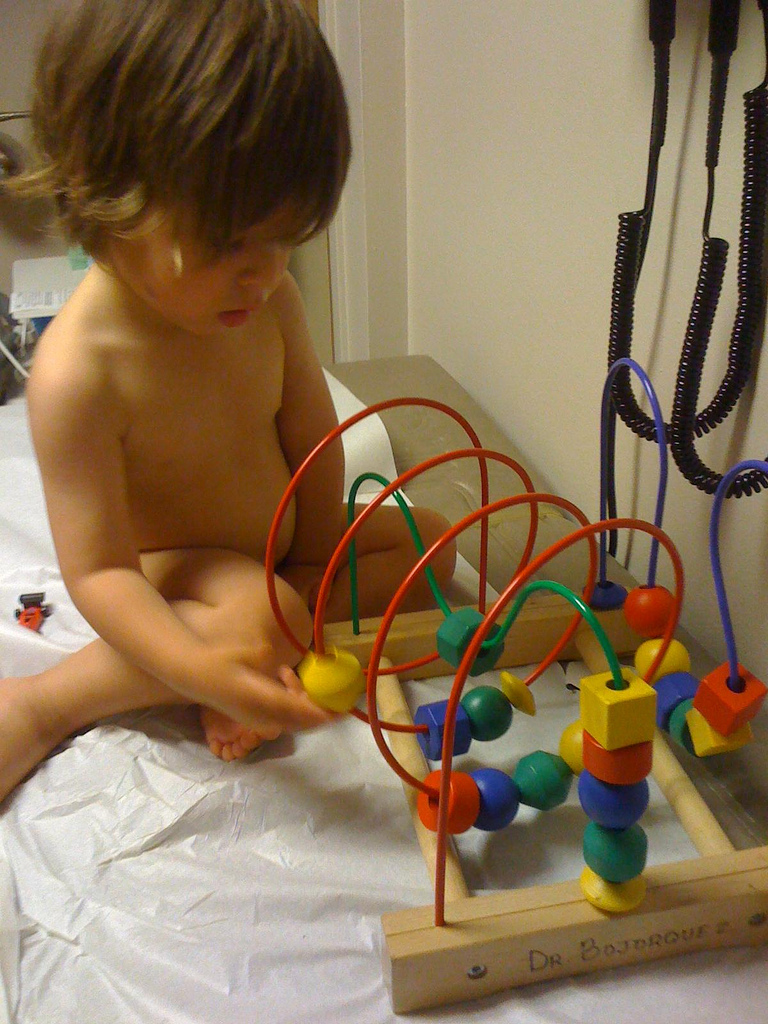 I watched as any sliver of hope vanished from their eyes. They would not wake up from this nightmare. The moment my mentor delivered the diagnosis, I could feel the world take a 180 eighty degree turn for this family. It was as if their world froze at that moment. How could this be? The child looked so peaceful, fast asleep while hospital monitors blinked around her. Just a week ago, they were running around to sports practices and dentist appointments and going through the everyday motions that we consider to make up a normal life. I’m not even sure that this family was breathing at this moment. The room became deafening silent as all the color drained from their faces. The doctor proceeded to talk about what would happen in the days to come. What did this mean for their child?
I watched as any sliver of hope vanished from their eyes. They would not wake up from this nightmare. The moment my mentor delivered the diagnosis, I could feel the world take a 180 eighty degree turn for this family. It was as if their world froze at that moment. How could this be? The child looked so peaceful, fast asleep while hospital monitors blinked around her. Just a week ago, they were running around to sports practices and dentist appointments and going through the everyday motions that we consider to make up a normal life. I’m not even sure that this family was breathing at this moment. The room became deafening silent as all the color drained from their faces. The doctor proceeded to talk about what would happen in the days to come. What did this mean for their child?
Just when the family (and I) didn’t think it could get worse, they were told about the side effects of the medications – the only option to treat their child’s condition. The doctor began with the common side effects like nausea, vomiting, hair loss. Next, cardiomyopathies. Neuropathy. Loss of reproductive function. This is when this family broke. Loss of reproductive function. I always thought the diagnosis would be the hardest thing to hear. For them, the breaking point was learning of the adverse effects of the very medications intended to save the child’s life. These medications are meant to represent hope, protection, and reassurance for a life beyond disease. The doctor paused again, giving this family time to just cry. Tissues went around.
“This is hard. Take your time. I am here for you throughout this entire journey.”
I watched the mother of this little girl look at her own mother. It was a look of despair, yearning for answers that wouldn’t come. Even if her child survives, bits of the future have already been stolen. We left the room after two hours to let the family have time to process.
Outside of the room, I tried to process what I had experienced. The information I read in my textbooks and PowerPoints did not prepare me for that interaction. I looked at my preceptor for guidance.
“This is real. This is hard. We will fight with them, though. We do everything in our power not only to treat the cancer, but to make sure that cancer does not define their life. This is what we do.”
Throughout the rest of my summer, I went on a roller coaster from new diagnoses to the “completion of chemo party”, from being declared cured after a 5-year visit with no evidence of disease to the tragic death of a child. I watched children balancing school with chemo. I watched teenagers struggle with fear and bravery while grasping at any chance to maintain their independence. I watched parents struggle to care for a sick child while still being present for the other children they left at home. The things I learned that summer could not have been taught in a classroom. With every family I met from all over the world, I witnessed raw and vibrant emotions: fear, determination, sadness, and never ending hope, even in the wake of death. It is this hope that I take with me. It is contagious. These are the emotions that makes us human.
At one point during the summer, I asked my mentor what the secret was to enduring such difficult clinical conditions. I had watched him interact with all of his patients each day. Every single one loved him. The mother of that little girl later told me how he was able to comfort them, cry with them, joke with them, and laugh with them with such ease. He was able to guide them through this journey, with the help of hospital resources, to give them a life within this new normal. In response, he said:
“There is no such thing as being the best doctor in the world. You have to be the best doctor in the world for the patient sitting in front of you. That is my first priority, more than my research or my teaching. Get to know you patients and their families. Learn from their stories. Keep fighting to improve. That is how you become the best.”
 So much of early medical education involves pouring over books and PowerPoints, trying to memorize as many details as possible. It is important to have that foundation of knowledge, but what I have come to realize is that there are rarely pure “textbook cases” because so much more goes into caring for a patient. One size does not fit all in medicine. This experience brought back the humanity of medicine. I witnessed how knowing and understanding patients enables a physician to be an advocate for their patients, a role I consider to be the most important of the many roles a physician takes. I can never come close to knowing exactly what these families are going through. I also can’t thank them enough for allowing me to be present during their most vulnerable moments, for taking time to talk with me for a brief period to get a glimpse of their journey. Ultimately, this experience was a reminder that the art of medicine can’t be discovered in textbooks. It is learned from our patients and the uniqueness that their individual journeys bring to each patient encounter.
So much of early medical education involves pouring over books and PowerPoints, trying to memorize as many details as possible. It is important to have that foundation of knowledge, but what I have come to realize is that there are rarely pure “textbook cases” because so much more goes into caring for a patient. One size does not fit all in medicine. This experience brought back the humanity of medicine. I witnessed how knowing and understanding patients enables a physician to be an advocate for their patients, a role I consider to be the most important of the many roles a physician takes. I can never come close to knowing exactly what these families are going through. I also can’t thank them enough for allowing me to be present during their most vulnerable moments, for taking time to talk with me for a brief period to get a glimpse of their journey. Ultimately, this experience was a reminder that the art of medicine can’t be discovered in textbooks. It is learned from our patients and the uniqueness that their individual journeys bring to each patient encounter.
Featured Image



